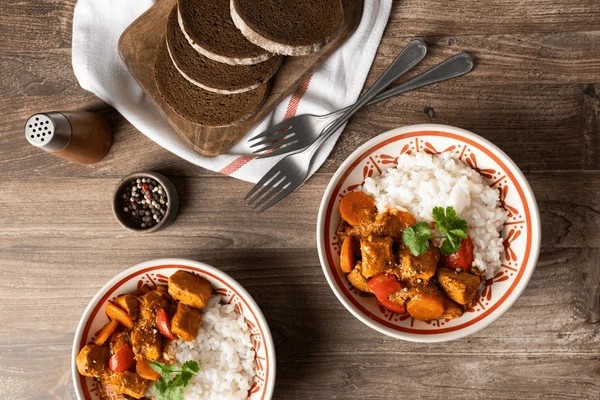The Indian rice milling industry has made remarkable progress — from hand pounding, to hullers, to fully automated rice mills. Today, milling operations are well-settled at an optimum level of efficiency, with nominal steam pressure and high-pressure steaming technologies widely adopted, especially for aged rice.
One of the biggest improvements has been the transition to bulk paddy storage, reducing losses and boosting milling yields. By continuously adapting to challenges, India has risen to become the world’s largest exporter of rice.
A Journey Since 1986
I have been fortunate to witness this transformation since 1986. It is both satisfying and inspiring to see how far the industry has come. Yet, I also feel a concern: many millers now seem to have entered a “comfort zone.”
True progress cannot stop here. I believe the next phase for the rice milling industry lies in value addition — particularly through brown rice products and innovative uses of paddy by-products like amorphous silica from husk.
Brown Rice: The Healthier Grain
Among all food grains, brown rice stands out as one of the healthiest, boosting immunity and offering superior nutrition. The slightly stronger taste due to rice bran can be tackled with appropriate technologies.
Quick-cooking brown rice is already available, but it has not yet broken the dominance of unhealthy snacks and refined foods. This presents a clear opportunity.
Opportunities for Value-Added Products
Brown rice can be transformed into exciting, tasty, and healthy products such as:
-
Brown Rice Bread
-
Brown Rice Pasta
-
Ready-to-Cook Brown Rice Meals & Snacks
There is no reason why these cannot taste as good as wheat-based products. With consumers shifting toward high-value millets, there is a vacuum for premium, brown rice–based alternatives in the market.
Nutrition: Brown Rice vs White Rice
Polished rice is often seen as “cleaner” and more appealing, but the polishing process removes much of the natural enrichment blessed by nature. Brown rice, on the other hand, retains fiber, vitamins, and essential minerals.
|
Nutrient |
Brown Rice (1 cup) |
White Rice (1 cup) |
| Calories | 232 | 223 |
| Protein | 4.88 g | 4.10 g |
| Carbohydrate | 49.7 g | 49.5 g |
| Fat | 1.17 g | 0.205 g |
| Dietary Fiber | 3.32 g | 0.74 g |
| Thiamin (B1) | 0.176 g | 0.223 g |
| Riboflavin (B2) | 0.039 mg | 0.021 mg |
| Niacin (B3) | 2.730 mg | 2.050 mg |
| Vitamin B6 | 0.284 mg | 0.103 mg |
| Folate | 10 µg | 4 µg |
| Vitamin E | 0.196 mg | 0.045 mg |
| Magnesium | 72.2 mg | 22.6 mg |
| Phosphorus | 142 mg | 57.4 mg |
| Potassium | 137 mg | 57.4 mg |
| Selenium | 26 mg | 19 mg |
| Zinc | 1.05 mg | 0.841 mg |
“Brown rice is natural enrichment blessed by nature — the challenge is making it more flavorful and convenient.”
The Way Forward
The rice milling industry has already proven its strength by powering India’s dominance in exports. But now, the challenge is different: to innovate, diversify, and contribute to healthier living.
By venturing into brown rice–based products and value additions, the industry can turn rice from just a staple into a superfood revolution.
The year 1986 when I started my career I did produce one of the smoothest polished Basmati Rice with a strong feeling “polishing is a necessary evil”. Now over period of time I am contemplating the necessary evil may be an “EVIL” worth ameliorating. I have planned for it and shall give my best shot for healthy snacks & ready to cook based on brown rice.

